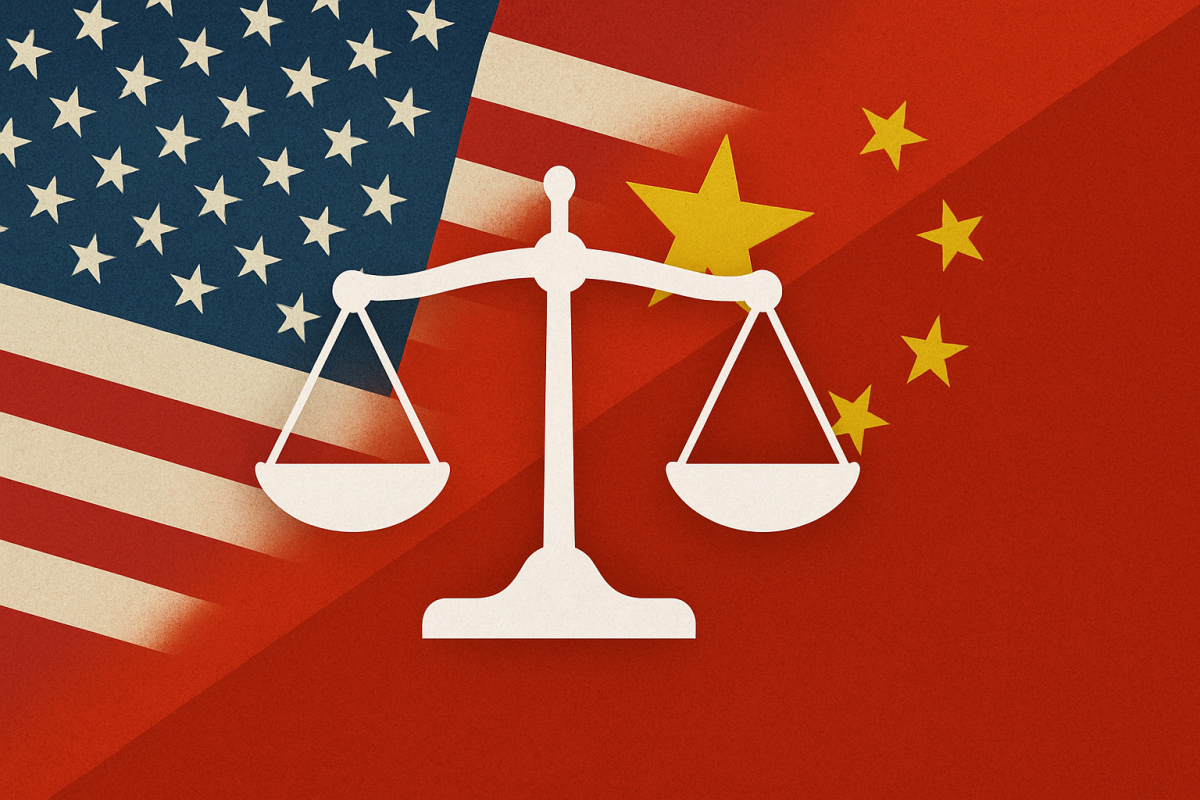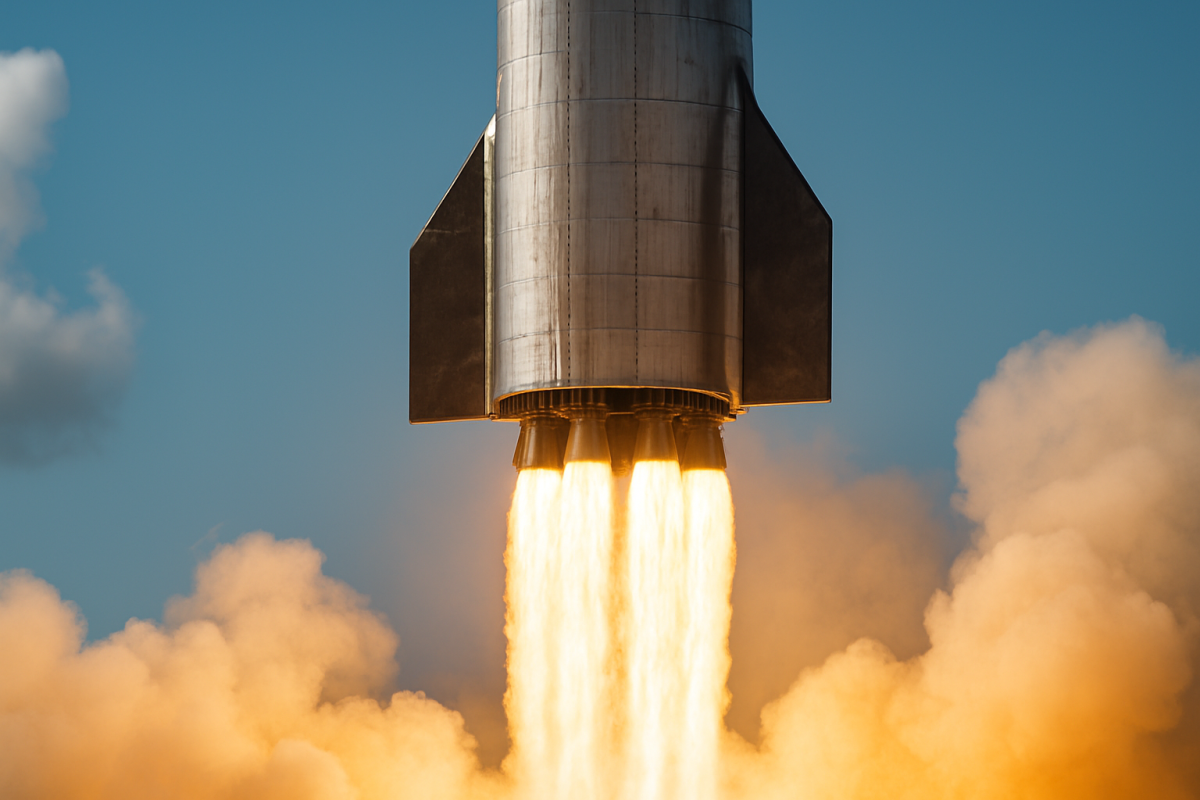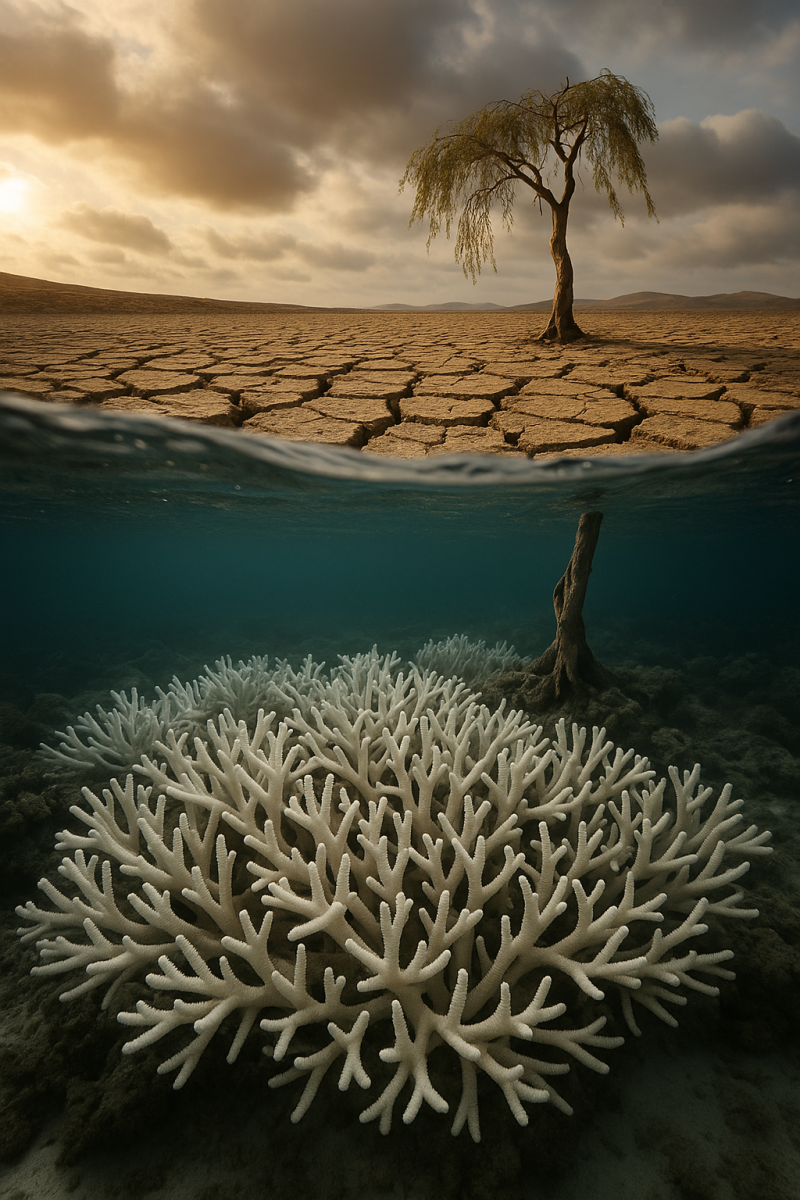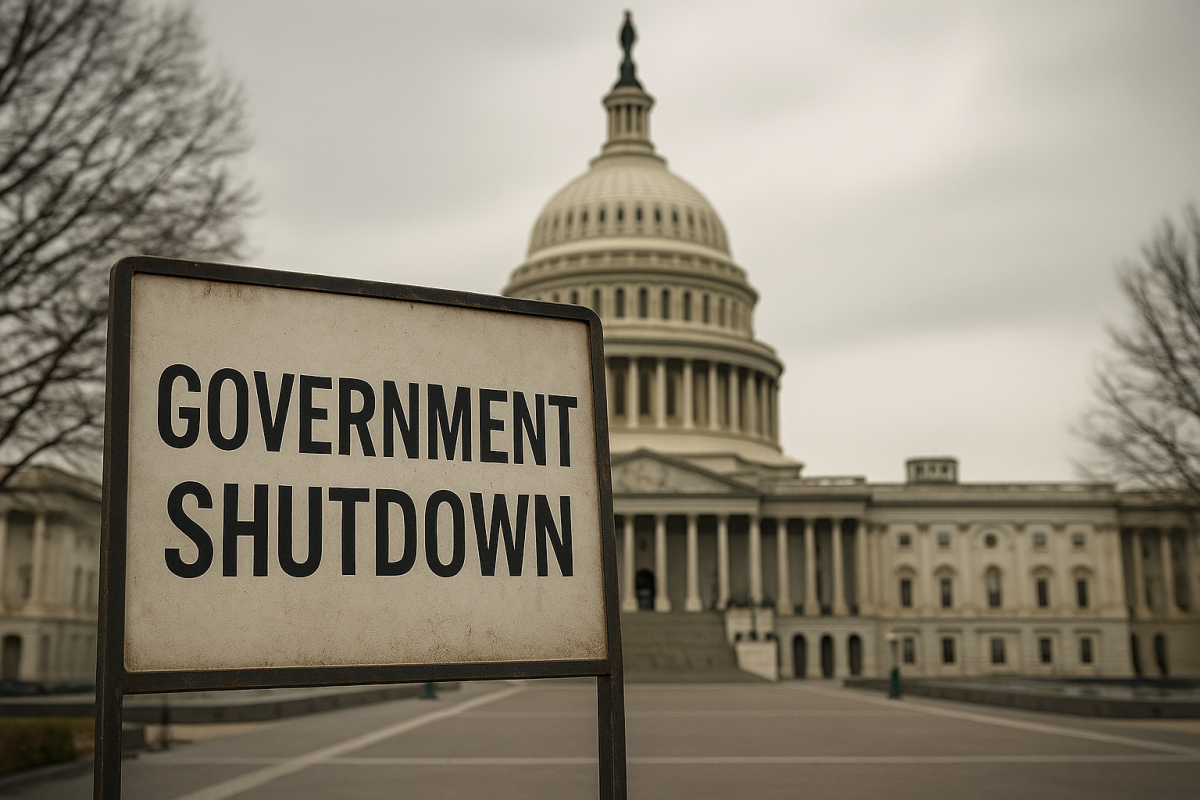As the United States and China continue to navigate a tense and complex relationship, trade tensions between the two economic giants are once again heating up. Each side is trying to strengthen its own industries without damaging its economy, but recent developments may reshape the global industrial landscape.
Starting Nov. 1, President Donald Trump plans to implement 100% tariffs on Chinese imports. The move is intended to make the U.S. economy more self-reliant by encouraging domestic manufacturing instead of dependence on international trade. Trump has argued that many goods imported from China are cheap in both price and quality, claiming that the United States is being “ripped off.”
Currently, about 11% of all goods in the U.S. come from China, meaning that prices on many Chinese-made products are likely to increase sharply. The tariffs already in place target items such as aluminum, pork, soybeans and car parts, as well as certain fruits and nuts.
This latest decision comes in response to China’s new restrictions on exporting rare earth elements and magnets — critical materials used in electric cars, lithium batteries, LED televisions, camera lenses and other advanced technologies. President Trump said he views China’s export limits as an attempt to weaken the American industrial base while strengthening its own.
The situation also carries military implications, since components made from these rare metals are used in assets like F-35 fighter jets. By controlling access to such materials, China gains leverage in future negotiations.
However, the tensions have had at least one unexpected outcome: lower gas prices. To stabilize oil markets and maintain demand, China has helped drive down global oil prices. While gas remains vital to both nations’ economies, the growing popularity of electric vehicles could shift the balance in years to come.
As the trade war continues, both nations face the challenge of asserting power without triggering wider economic fallout. The outcome could determine not only the future of global trade, but also which country leads the next industrial era.


































